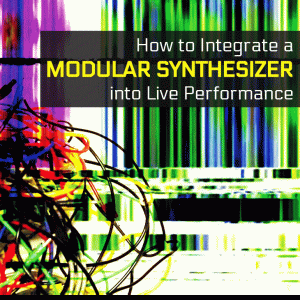Everything You Need to Know
Analog Circuit Behavior (ACB) is the technology behind the authentic sound and responsive behavior of the AIRA products. It faithfully captures the sound and feel of some Roland’s most revered classics, using original design specs, consultation with original engineers, and a detailed, part-by-part analysis of each analog circuit in our own pristine units. Contributed by Roland US Team
Stabilizing Instability…
Analog electronic musical instruments consist of various analog components including resistors, capacitors, and transistors. The unique sound of analog instruments is due to the distinctive characteristics of the individual analog components. So-called “vintage” instruments, in particular, show extremely distinctive sound and behavior due to the variable instability of the electronic components.
Rhythm machines and synthesizers such as the TR-808, TR-909, TB-303, and SH-101 (Classic Roland Synths) enjoy entrenched popularity to this very day even though they first appeared more than 30 years ago. This is because musicians around the globe have recognized their unique sound and used them to forge entirely new genres of electronic music.
Digitizing Analog Circuitry…
To produce the new AIRA products, we aimed to pick up where these analog classics left off and to develop a completely new technology which models the traditional analog circuits, right down to their behavioral levels.
ACB is drastically different from conventional methods of modeling, and reproduces each analog component by thoroughly analyzing each detail of the original design drawings. By combining the analyzed components in exactly the same manner as the original analog components, detailed characteristics of the original musical instruments emerge and can be reproduced completely.
Going Beyond Mere Re-Creation…
This analysis requires knowledge of the design and development processes of the original analog instruments. It is not possible to reproduce the original sounds just by logically analyzing the analog circuits. This is because the original engineers used a design approach which maximized the capabilities of the analog components. Throughout the development of ACB, we cooperated with the original engineers who designed and developed these iconic instruments. With their expertise, we could ensure that we fully reproduced the ideal state of their creations.
Utilizing the enormous calculation power of state-of-the-art DSP, ACB not only precisely emulates the analog-specific characteristics or our classic gear, but also delves into areas the original engineers tried to go but ultimately abandoned.
ACB empowers AIRA products to go beyond mere re-creation. It allows us to make instruments that inspire – that respond to your creativity – and make producing and performing electronic music fun again.
ACB – Analog Circuit Behavior
Related Article
What is a PCM Synthesizer?Related Products
- System-1
- Sounds with Character and Loads of Controls in a PLUG-OUT Capable Synthesizer.
- TB-3
- The Magic of the TB-303 with New Sounds and Modern, Performance-Ready Features.
- TR-8
- Authentic TR-808 and TR-909 Experience in a Modern, Performance-Ready Instrument.
- VT-3
- Easy Voice Transformation with Vocoder, Lo-Fi Effects, and Synths You Can Sing.












